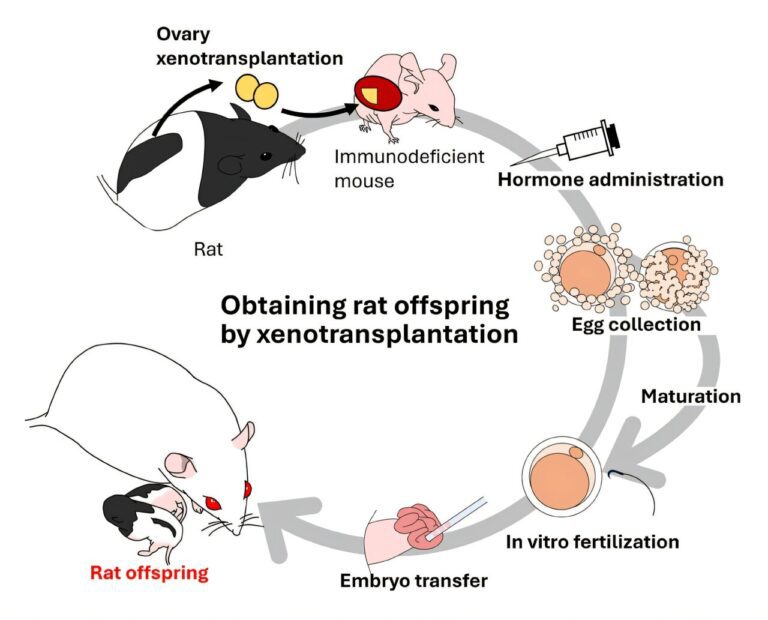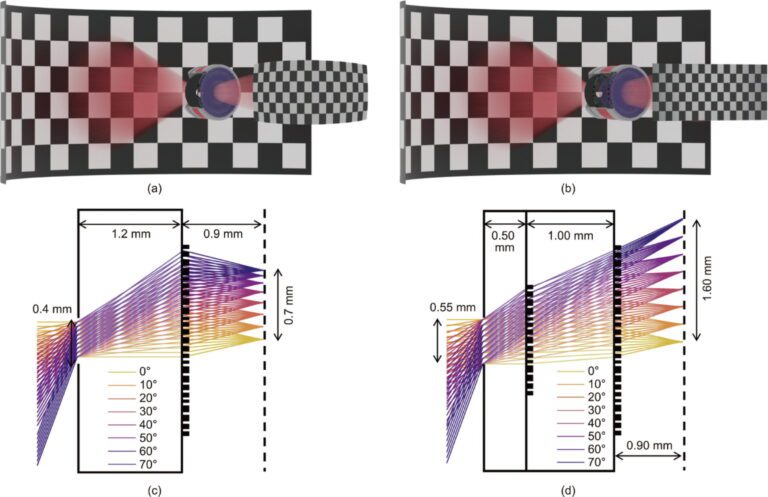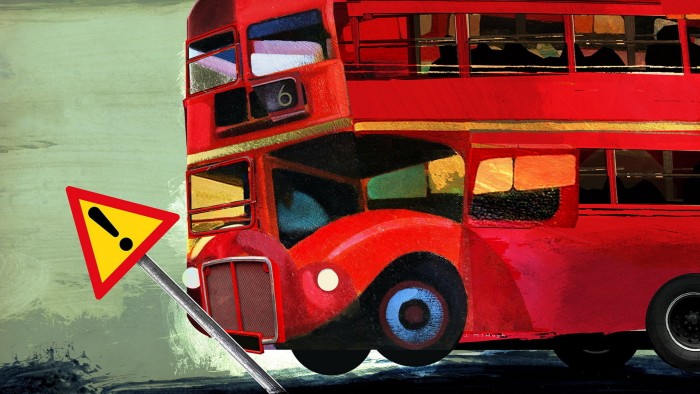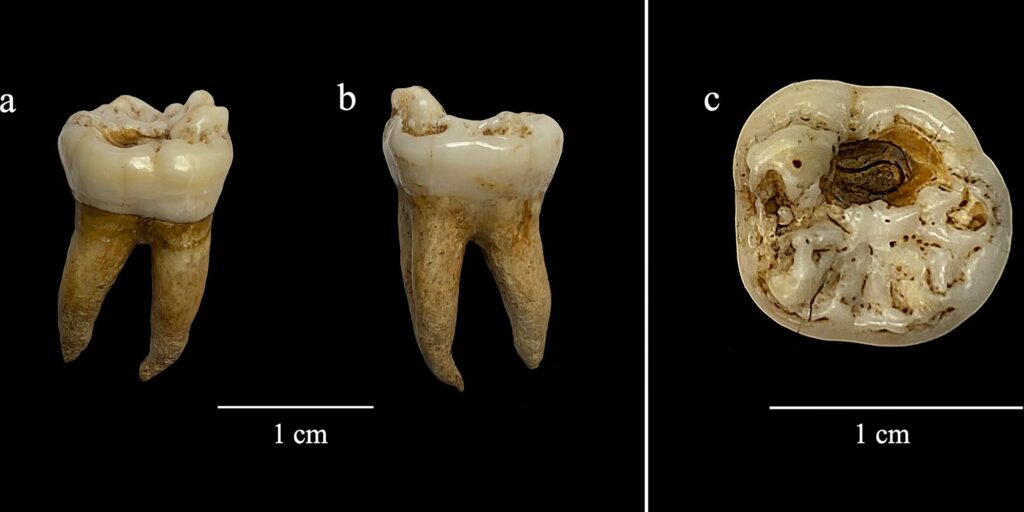
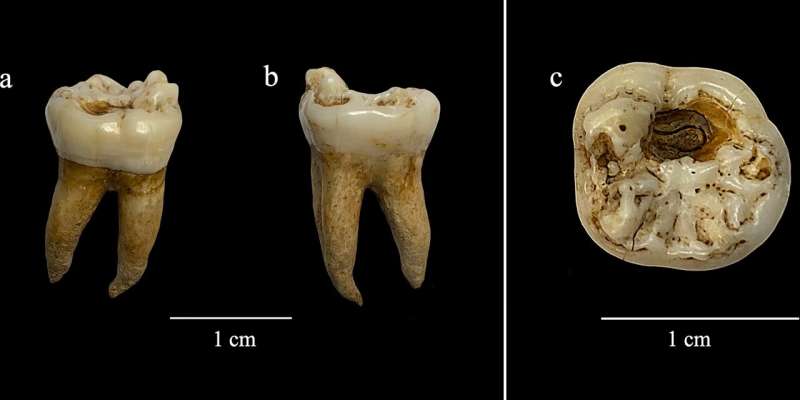
A new study led by the University of Aberdeen has provided greater understanding of Scotland’s final deadly brush with the plague.
Research published in the journal PLOS One has confirmed for the first time that the bacteria responsible for bubonic plague was present as far north as Aberdeen in the late 1640s and has revealed a surprising care for the dead at a time when the Scottish population was being decimated by civil war as well as disease.
The interdisciplinary team, made up of archaeologists, osteologists, historians, and ancient DNA specialists, identified the presence of the ancient DNA of the bacterial agent Yersinia pestis in human remains associated with a plague pit in Aberdeen—the first time direct evidence of the plague has been identified, using state of the art aDNA techniques, in Scotland.
Often referred to as the “Black Death” in reference to the so-called second global pandemic in the mid-14th century, the Yersinia pestis organism was responsible for numerous visitations of the plague over the centuries, with the last devastating outbreak in Scotland occurring from 1644 to 1649.
The team, led by Professor Marc Oxenham, mapped the spread of the plague in Scotland during this last six-year-long epidemic and examined remains excavated in an industrial compound at York Place, Aberdeen, in 1987. The site was associated with the general location of plague pits that were established on the Queen’s Links (a Scots term for coastal sand dunes) during the 1647–48 outbreak of the plague.
Professor Oxenham said, “This final Scottish outbreak was thought to have started as a result of infected Scottish soldiers returning from the siege of Newcastle in October 1644.
“Initially in the Borders it spread north over the following years through Central Scotland, Perthshire and Angus.
“We can see from an entry in the Council Register of the Burgh that by April 1647 Aberdeen was steeling itself for the return of the plague, which had spared the city since the last outbreak almost 100 years previously in 1545, as it was noted that the ‘plague of pestilence was raging in Inverbervie,’ just 26 miles to the south of the city.”
By this period, Scottish cities and towns were well experienced in fighting the plague, usually in the form of measures to limit the mobility of the population, and the research focused on the “human response” to the final Scottish outbreak.
“This was a particularly desperate time to have been alive in Scottish history,” Professor Oxenham added.
“In many regions, the populations were facing the ravages of war, economic hardship, and the additional complications of a terrible epidemic. In Brechin, for example, some 600 individuals, or half of the population of the town, are reported to have died within a few months of 1647.
“And so we were interested in the human responses to the rampages of the plague and, in particular, if there was a general fear of the plague victims during this last epidemic.”
Discover the latest in science, tech, and space with over 100,000 subscribers who rely on Phys.org for daily insights.
Sign up for our free newsletter and get updates on breakthroughs,
innovations, and research that matter—daily or weekly.
The team examined the bones and teeth from recovered skeletal remains to confirm they died between 1647 and 1648 and that the Yersinia pestis organism was present. They then looked at the practices associated with their burials to gain new understanding into the treatment of those who died from the plague.
Dr. Rebecca Crozier, who directs the osteoarchaeology program at the University of Aberdeen, said, “The plague is generally associated with the digging of plague pits to dispose of the dead but what the team found was numerous instances of normal burial and memorialization of plague victims within church grounds.
“Clearly, some of these individuals must have been known to be victims of the plague by their mourners whom, it would appear, may have been less afraid of contracting the plague from their dead as we might assume.
“This suggests we are not seeing a loss of humanity in the face of the terrible vista of the plague, but rather we are witnessing care and compassion for the dead, despite the very real risks to the bereaved.”
More information:
Jenna Dittmar et al, The final plague outbreak in Scotland 1644–1649: Historical, archaeological, and genetic evidence, PLOS ONE (2024). DOI: 10.1371/journal.pone.0306432
Provided by
University of Aberdeen
Citation:
Study of Scotland’s last plague reveals humanity in face of ‘Black Death’ (2024, November 15)
retrieved 15 November 2024
from https://phys.org/news/2024-11-scotland-plague-reveals-humanity-black.html
This document is subject to copyright. Apart from any fair dealing for the purpose of private study or research, no
part may be reproduced without the written permission. The content is provided for information purposes only.
